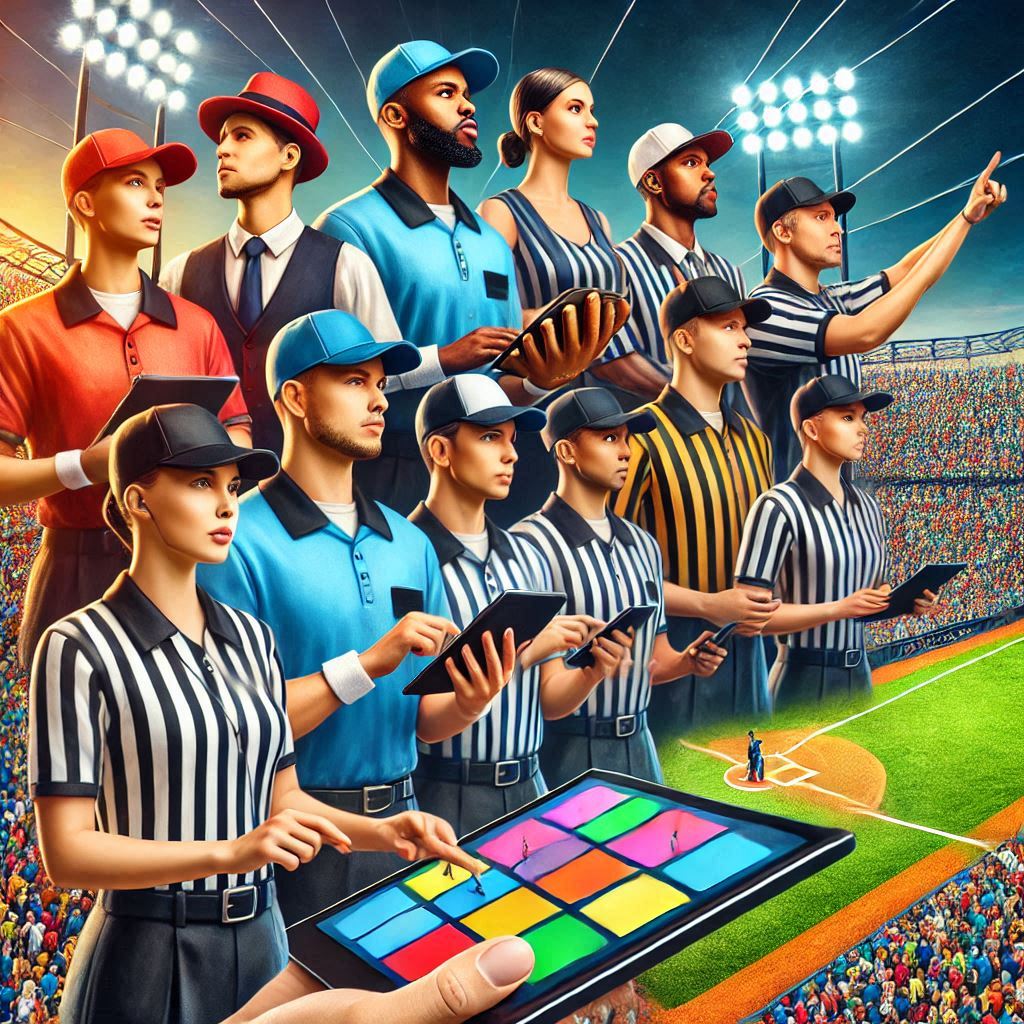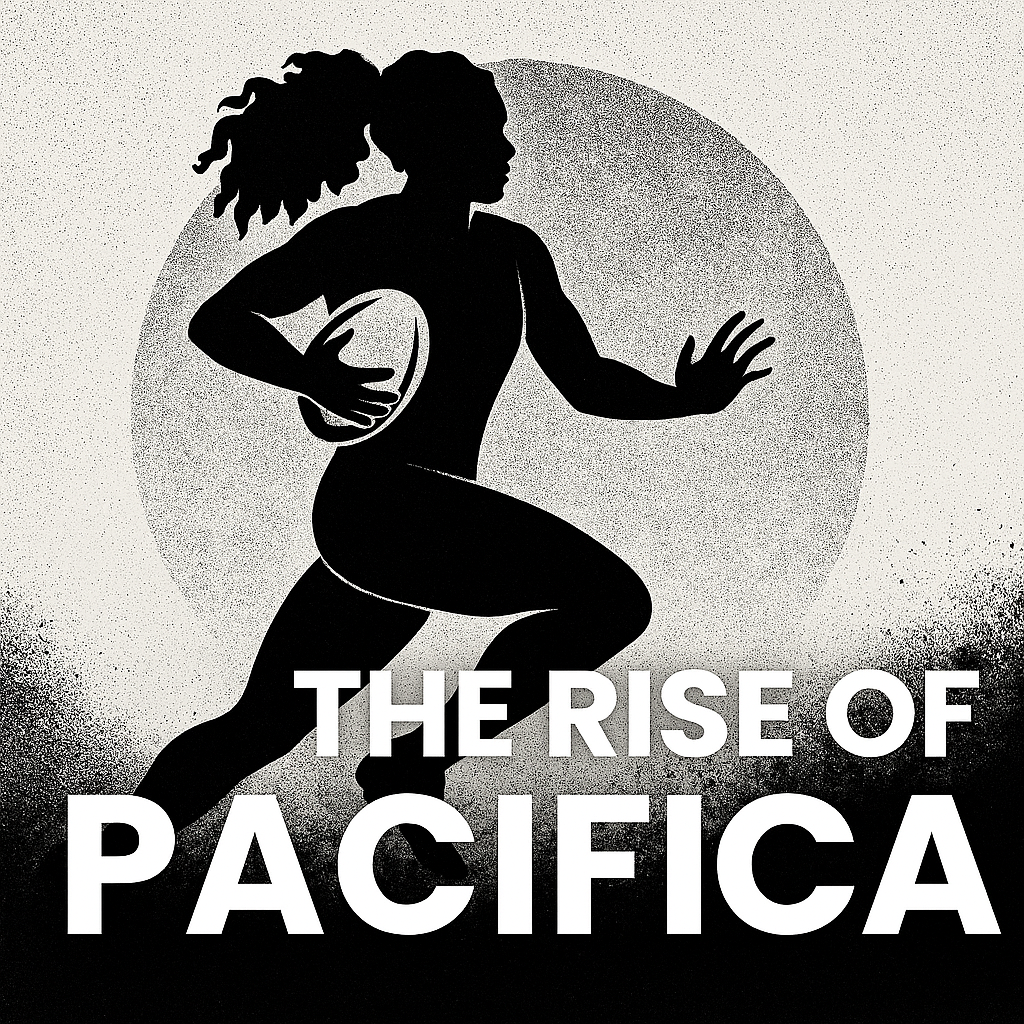The Evolution of Sports through Computers
Introduction to the Digital Revolution of Sports
In the modern era, the impact of computers has been felt in nearly every facet of life, and sports are no exception. What began as simple tools for tracking scores and statistics has evolved into a comprehensive digital revolution that reshapes how sports are played, watched, and experienced. From athlete training and performance analysis to fan engagement, the use of computers has transformed the world of sports in ways that were once unimaginable.

The Early Days
Data Collection and Analysis
Building the Foundation
In the early days of computers, sports saw their first significant changes through the implementation of data collection and analysis. Coaches and analysts began to use computers to track player statistics and performance metrics. This data-centric approach allowed for a more objective assessment of athlete capabilities and game strategies.
The Rise of Wearable Technology
The introduction of wearable technology marked a new chapter in sports. Athletes started using devices like heart rate monitors, GPS trackers, and accelerometers to gain insights into their physical condition and optimize their training regimes. This technology provided real-time feedback, helping athletes to push their limits while ensuring safety and efficiency.

Current Impact of Computers on Sports
Enhanced Fan Experience through Digital Platforms
Today, computers and the internet have transformed how fans experience sports. Digital platforms offer live streaming, real-time statistics, and interactive features that engage audiences like never before. Social media and sports apps have become the go-to sources for updates, highlights, and fan interactions, creating a global community of sports enthusiasts.
Advanced Analytics and Performance Optimization
Modern sports teams now rely heavily on advanced analytics to gain a competitive edge. Machine learning algorithms and artificial intelligence tools are used to analyze massive amounts of data, predicting outcomes, and formulating game strategies. Performance optimization software helps athletes improve their skills, recover from injuries faster, and maintain peak condition throughout the season.

The Future
A Glimpse into Tomorrow’s Sports World
Artificial Intelligence and Predictive Analysis
The future of sports will see even greater integration of artificial intelligence and predictive analysis. AI will not only refine game strategies but also foresee potential injuries, allowing for preventive measures. Virtual reality (VR) and augmented reality (AR) will offer immersive training experiences, simulating real-game scenarios to enhance player readiness.
Revolutionizing Fan Engagement with New Technologies
Technologies such as 5G, blockchain, and immersive media will revolutionize fan engagement. Personalized content delivery, secure digital transactions for tickets and merchandise, and enhanced VR experiences will bring fans closer to the action than ever before. The sports stadium of the future will be a technologically advanced arena, offering an unparalleled spectator experience.
Sustainability and Ethical Considerations
Looking ahead, the sports industry will also need to address sustainability and ethical considerations. The environmental impact of sporting events and the ethical use of data collected from athletes will be pivotal issues. Computers and AI will play a crucial role in developing sustainable practices and ensuring that sports remain fair and transparent.

Esports
The Digital Frontier
Esports, or competitive video gaming, has become a global phenomenon thanks to advancements in computer technology. High-performance gaming rigs, online streaming platforms, and virtual arenas have turned esports into a multi-billion dollar industry. Players and teams from around the world compete in tournaments, drawing in millions of viewers and transforming video gaming into a legitimate sport.
Biomechanics and Injury Prevention
Computers have revolutionized the field of biomechanics, allowing for detailed analysis of an athlete’s movements. Motion capture technology and computer simulations help in understanding the mechanics of human motion, leading to improved training techniques and injury prevention strategies. This scientific approach ensures athletes can perform at their best while minimizing the risk of injury.
The Role of Big Data in Sports Management
Big data analytics have become indispensable in sports management. From ticket sales and merchandising to player contracts and sponsorship deals, data-driven decisions are shaping the business side of sports. Teams use data analytics to optimize operations, enhance fan experiences, and maximize revenue streams, ensuring the long-term success of their organizations.
The Impact on Sports Medicine
Computers have significantly advanced the field of sports medicine. Diagnostic tools, electronic health records, and telemedicine services enable quicker and more accurate assessments of injuries. Rehabilitation programs are tailored using data analytics, ensuring that athletes receive the best possible care and recover faster from injuries.
The Globalization of Sports through Technology
The use of computers and the internet has facilitated the globalization of sports. Fans can now follow their favorite teams and players from anywhere in the world, and international tournaments are broadcasted globally. This interconnectedness has expanded the reach of sports, bringing together diverse cultures and fostering a sense of global community through shared passions.

Inclusive Evolution
Impact on Diverse Groups
Para-Athletes Breaking Barriers with Technology
Computers and technology have been game-changers for para-athletes. Adaptive sports equipment, designed using advanced computer modeling, has enabled athletes with disabilities to compete at the highest levels. Wearable technology and performance analysis tools help para-athletes track their progress and optimize their training, ensuring they can achieve their full potential.
Male and Female Athletes Gap
Computers have played a crucial role in promoting gender equality in sports. Performance analysis and data collection have highlighted the unique strengths and capabilities of both male and female athletes. This objective data has helped to challenge stereotypes and promote fair competition. Additionally, digital platforms have provided a space for female athletes to gain visibility and recognition, contributing to a more inclusive sports culture.
Seniors Staying Active and Healthy
For senior athletes, computers have opened new avenues for maintaining an active lifestyle. Virtual fitness programs, wearable health monitors, and online communities provide seniors with the tools and support they need to stay fit and engaged. Technology-driven training and rehabilitation programs help seniors recover from injuries and manage age-related health conditions, ensuring they can continue to participate in sports and physical activities.
Children Nurturing the Next Generation
Computers have revolutionized youth sports by providing young athletes with access to training resources, performance tracking, and virtual coaching. Interactive apps and games make physical activities fun and engaging, encouraging children to develop a love for sports from an early age. Additionally, data-driven insights help coaches tailor training programs to the unique needs and abilities of each child, fostering a supportive and nurturing environment.

Athletes from Different Races
Promoting Diversity and Inclusion
Computers and technology have contributed to the promotion of diversity and inclusion in sports. Data analytics and performance metrics have provided objective assessments of athlete capabilities, helping to eliminate biases and promote fair competition. Digital platforms have given athletes from diverse backgrounds a voice and a platform to share their stories, inspiring future generations and fostering a more inclusive sports culture.

Communication
The Digital Bridge in Sports
Enhancing Team Communication
Computers have vastly improved communication within sports teams. Instant messaging apps, video conferencing tools, and collaboration platforms facilitate seamless communication among coaches, athletes, and support staff. These tools enable real-time discussions, strategic planning, and quick decision-making, enhancing overall team performance.
Connecting with Fans
The digital age has revolutionized how athletes and sports organizations communicate with fans. Social media platforms, official websites, and sports apps provide direct channels for engaging with supporters. Athletes can share updates, behind-the-scenes content, and personal stories, building stronger connections with their fan base and fostering a sense of community.
Media and Broadcasting Innovations
Advancements in computer technology have transformed sports media and broadcasting. High-definition cameras, real-time data overlays, and interactive features enhance the viewing experience for fans. Live streaming and on-demand content make it easier for audiences to access games and events from anywhere in the world, increasing the global reach of sports.
Data-Driven Storytelling
Computers have enabled data-driven storytelling in sports journalism. Analysts and reporters use advanced analytics to uncover trends, provide in-depth analysis, and deliver compelling narratives. This data-centric approach adds depth to sports coverage, offering fans a richer understanding of the games and the athletes they follow.
Bridging Language Barriers
Translation technology powered by computers has bridged language barriers in sports. Real-time translation tools and multilingual content make it easier for athletes, teams, and fans from different linguistic backgrounds to communicate and connect. This inclusivity fosters a more diverse and interconnected sports community.

Issues Cons of Computers in Sports
Overreliance on Technology
An excessive focus on data and technology can lead to a diminished emphasis on instinct and creativity in sports, potentially stifling the human element of the game. Athletes and coaches might become overly dependent on technological tools, leading to a loss of spontaneity and intuition during competitions.
Privacy Concerns
The collection and analysis of vast amounts of data on athletes raise privacy concerns. Sensitive information, such as health records, performance metrics, and personal details, could be misused or compromised. Ensuring the protection and ethical use of this data is a significant challenge.
Economic Disparities
Access to advanced technology and data analytics tools may be limited to well-funded sports organizations, creating a disparity between wealthy and less affluent teams and athletes. This economic gap can lead to unequal opportunities and resources, potentially widening the performance gap in competitive sports.
Increased Pressure on Athletes
The constant monitoring and analysis of performance data can add to the pressure on athletes to perform at their peak. This relentless scrutiny can affect their mental health and well-being, leading to stress, anxiety, and burnout. Balancing the benefits of data analysis with the mental health of athletes is crucial.
Technical Issues and Dependence
Technical glitches and system failures can disrupt games and training sessions, highlighting the risks of overdependence on technology. Reliance on complex systems means that any malfunction or error can have significant consequences, impacting performance and the overall sporting experience.

Conclusion
The Ever-Evolving Game
As computers continue to advance, their influence on sports will only grow stronger. From enhancing athlete performance and revolutionizing fan engagement to addressing ethical and sustainability concerns, the digital revolution is reshaping every aspect of the sports world. The journey is far from over, and the future holds endless possibilities for how technology will continue to push the boundaries of what is possible in sports.
Join the Discussion
The impact of computers on sports is a fascinating and ever-evolving topic. Whether you’re an athlete, coach, fan, or sports enthusiast, your perspective matters.
How have computers and technology improved your experience in sports, either as a participant or a spectator?
Do you believe that the increased use of technology in sports has more positive or negative effects? Why?
Have you witnessed any specific examples of how data analytics or wearable technology have influenced athlete performance or team strategies?
What are your thoughts on the potential ethical and privacy concerns related to the use of data in sports?
How do you see the future of sports evolving with advancements in artificial intelligence, virtual reality, and other emerging technologies?















Baseball Mitt Functionality To Powerful National Pride 1860s
[…] Modern MaterialsToday’s baseball mitts are crafted from advanced materials that provide better performance, durability, and comfort. Synthetic leathers, specialized padding, and ergonomic designs ensure that modern gloves meet the high demands of today’s athletes. […]